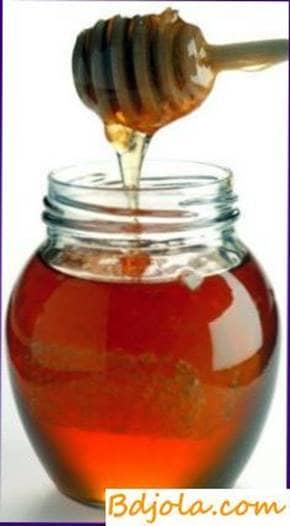
Snakehead honey is collected from the blue-violet flowers of the one-year-old essential oil plant of the snakehead, or the queen cell, which grows wildly in the Caucasus, Altai, Ukraine, etc. This honey is light, transparent, with a good aroma and pleasant taste. The snakehead is a very valuable honey plant, as it contains a large amount of high-sugar nectar with a lemon smell. From the hectare of a blooming snake-head, bees collect 290 kg of honey.
Пчела строение глаз. Каменный расплод пчел как лечить и чем.
Bee Honey